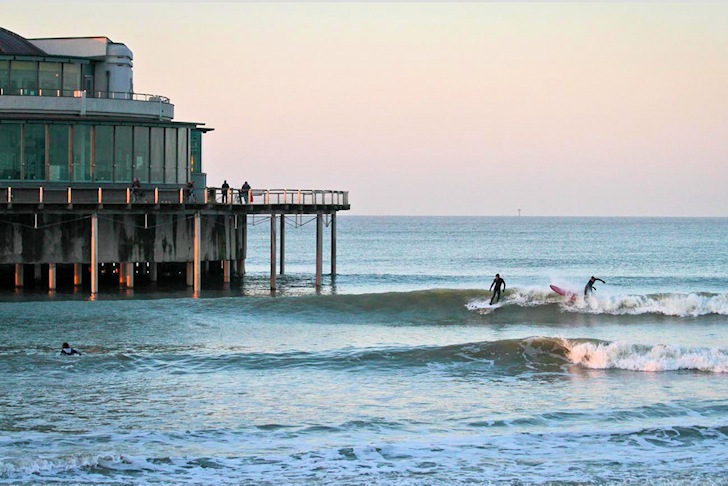Belgium has one of the shortest coastlines in the world. Located in Western Europe, the country known for its delicious chocolate is bathed by 70 kilometers (43.5 miles) of North Sea.
One-third of Belgium's coastline has been artificially manipulated by men to protect citizens and properties from the power of erosion.
Dunes, for example, are everywhere.
Belgium has a temperate maritime climate, which means cool summers and moderate winters.
The average temperature is 18 °C during summer and 3 °C during winter.
Breakwaters, jetties, and piers are the worst enemies of Belgian surfers
Although these obstacles may create quality point breaks, it is also true that they block the rare quality swells on offer in the North Sea.
The North Sea can be dangerous and deadly. Its strong rips and currents add a tricky variable to the local community of surfers.
The average water temperature is quite low, so a 6/5mm wetsuit is compulsory.
In the windy Belgian environment, surfers usually have to share the line-up with fellow windsurfers and kiteboarders.
The good news is that beach breaks are everywhere. You don't have to worry about rocky bottoms.
The best Belgian surf spots can all be visited in one morning, around Oostende.
The Mariakerke, Westende, and Ooostduinkerke breaks are located south, while Bredene can be surfed north of Oostende.
Two spots can be discovered near the Dutch border: Blankenberge and Surfers Paradise.
There aren't many surf spots in Belgium, but the entire coast is full of impressive opportunities.
